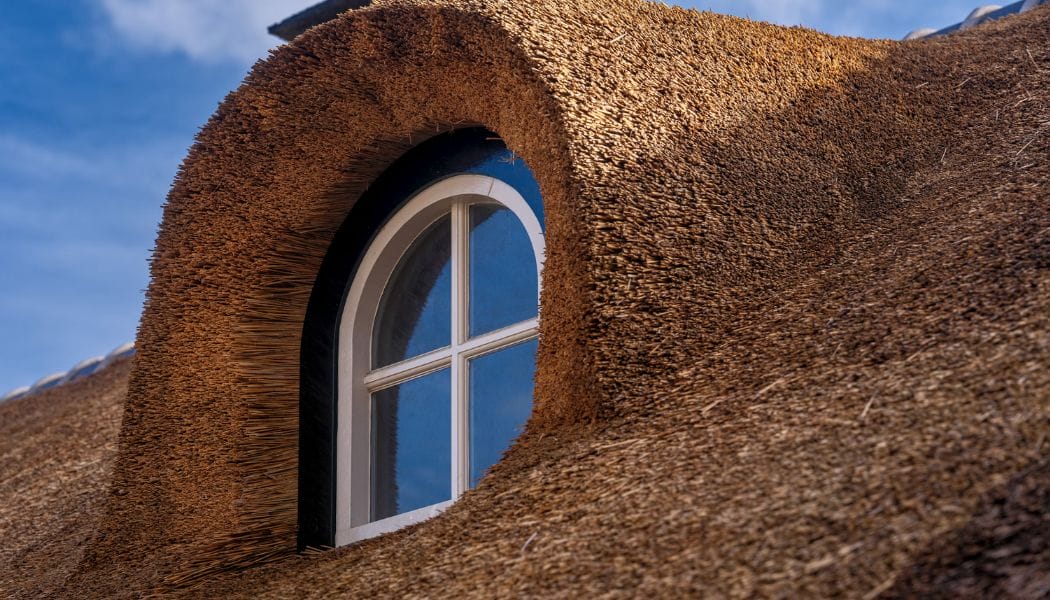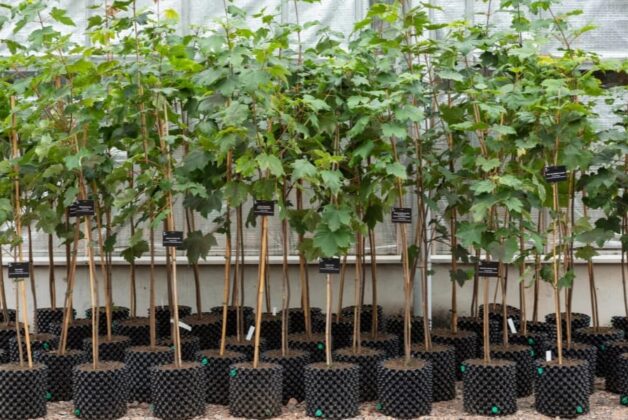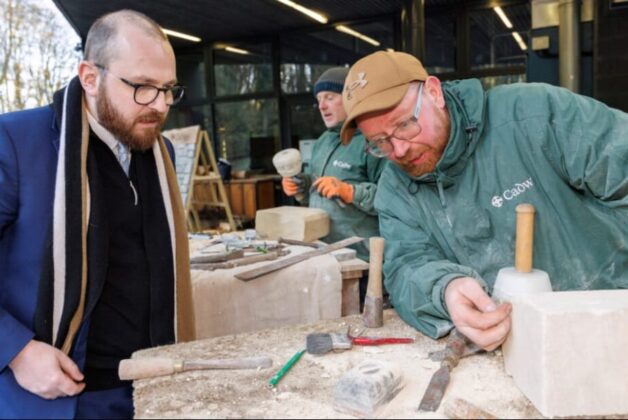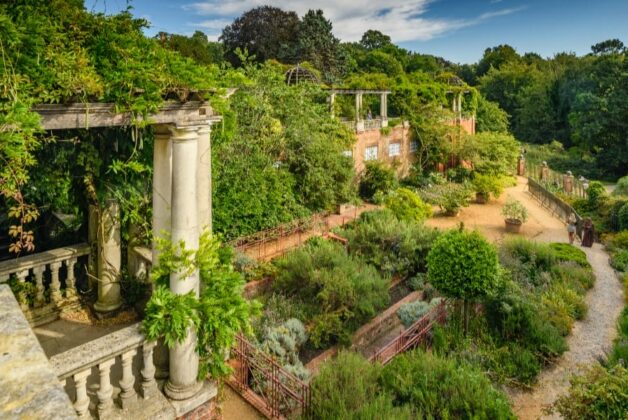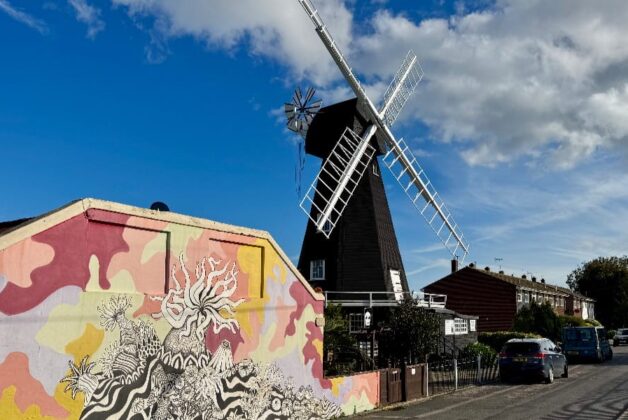Funding for a three-year training programme aims to preserve thatching amid declining numbers of skilled practitioners and thatched buildings in Northern Ireland
With fewer than ten thatchers in Northern Ireland, a new investment is hoped to conserve the skill from disappearing.
The practice of thatching roofs dates back to the Bronze Age it was the most common method of roofing until the 17th century.
While in the 1950s, Northern Ireland still had 40,000 thatched buildings, a survey in 2022 found that that number now stands at around 180, with 25% in a poor or very poor condition. Thatched roofs need repairing or rethatching more regularly than other types of roofs. The plant matter used, often straw or reeds, requires skilled thatchers to maintain.
Plans to inspire and equip a new generation of thatchers have been awarded support by The National Lottery Heritage Fund.
A total of £739,878 has been awarded to the Construction Industry Training Board Northern Ireland (CITB NI).
Its ‘Future for Thatch’ project aims to introduce a training programme for a new generation of thatchers, support thatched building owners to care for their roofs, address sustainability concerns and raise awareness of its cultural signifcance.
Over the next three years, four young people will have the opportunity to complete an NVQ Level 3 Award in Heritage Skills (Construction) – Thatching, supported by the Department for Communities Historic Environment Division NI Heritage Skills Centre.
National Museums Northern Ireland is to facilitate elements of the project, providing training opportunities on their historic buildings at the Ulster Folk Museum and the Ulster American Folk Park.
“Thatchers quite literally keep the roofs on historic buildings, and we need to ensure that their skills and knowledge are not lost,” said
Dr Paul Mullan, director of Northern Ireland at The National Lottery Heritage Fund.
David McFerran, a conservation joiner and thatcher from Moira, said: “You’re looking after vernacular buildings that were built by the people, for the people around them, using the materials from around them, using the stone from the field, using the crops from the field, using the timber from around.
“A lot of people’s hard work went on that and you’re getting the opportunity then to save those buildings.”

